Navigating Talent Acquisition in Niche Industries: Why Specialization in Recruitment Matters
Hppy
JUNE 10, 2025
Nowhere is this more evident than in highly technical fields like biomedical engineering, where the demand for niche expertise often exceeds supply. Image by yanalya on Freepik The Rise of Specialization in the Workforce The modern economy is increasingly driven by knowledge and technology.









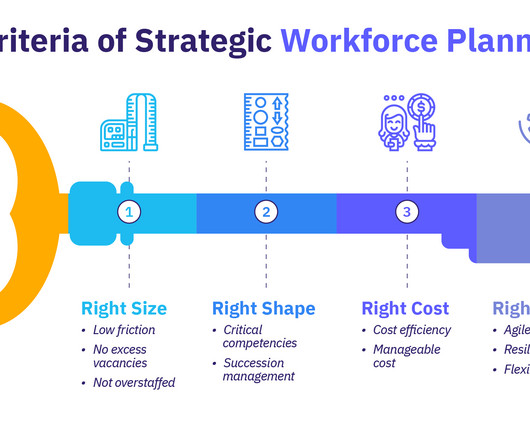







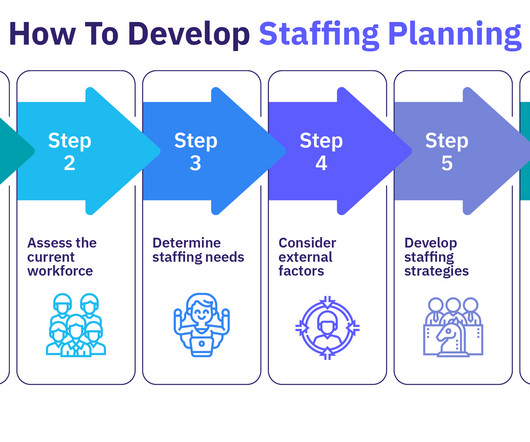




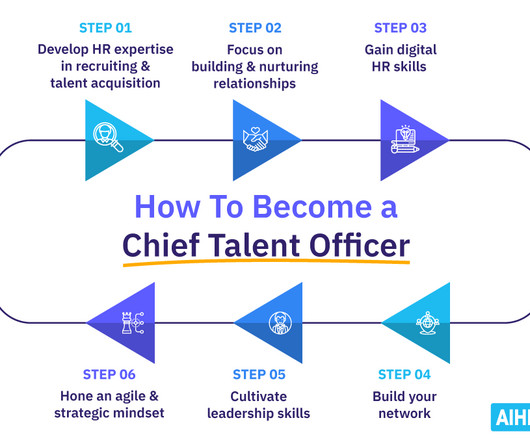









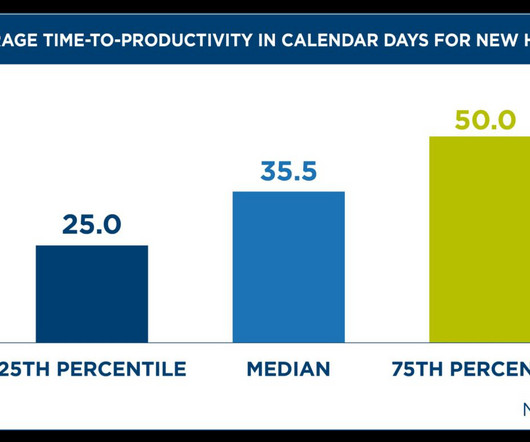



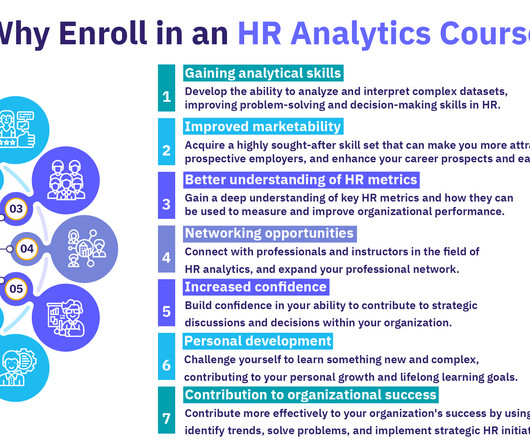





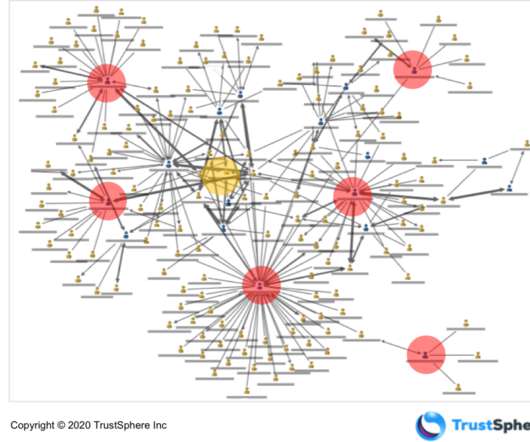












Let's personalize your content